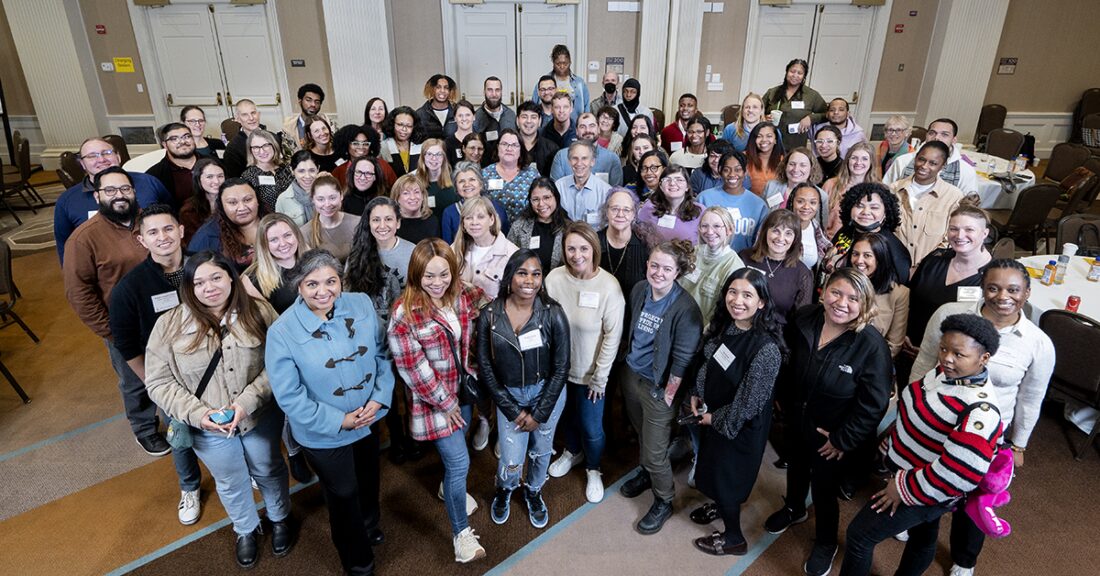Strengthening Workforce and Education Partnerships and Pathways
Reflections on the 2023 LEAP Convening

Learn and Earn to Achieve Potential (LEAP™)— an initiative of the Annie E. Casey Foundation — creates supportive career and education pathways for youth, ages 14–25, who have experienced foster care, criminal justice system involvement or homelessness. Recently, the Foundation hosted its annual National LEAP Convening in Baltimore.
During the 2023 convening — the initiative’s first in-person meeting since 2019 — attendees participated in a variety of workshops, including sessions on mental health assistance for youth, communications training for young leaders and the approaches being implemented by partner organizations.
The three-day event saw youth leaders and adults reflect on their collective work in three areas:
- LEAP’s support of education and career trajectories for young people who have experienced public systems;
- how strategic partnerships with public systems can promote and expand the reach of equitable career and education pathways; and
- the role of young adults in cultivating equitable pathways to school and work.
Lessons From the 2023 LEAP Convening
Three key takeaways from the convening:
- Youth engagement is essential. Young people are central to LEAP’s partnerships and accomplishments across the country. Beyond shaping the design of career and education programs, youth serve as powerful advocates, calling for resources and support that young people need to thrive.
- Scale strategies for today and tomorrow. LEAP partnerships are considering multiple scaling strategies at once. These include expanding their geographic reach, expanding their demographic reach — such as adding immigrant youth — and forging strategic partnerships with public systems. The ongoing work of LEAP partners also affords organizations a useful window into the nuances of scaling work to better serve young people.
- Embrace innovative partnerships. Through LEAP, partners are developing cross-system relationships with community-based organizations, schools, employer partners and juvenile justice and child welfare systems. These partnerships have sparked a number of productive evolutions, including improving processes between child welfare and workforce agencies, adding classrooms in juvenile detention facilities and more.





